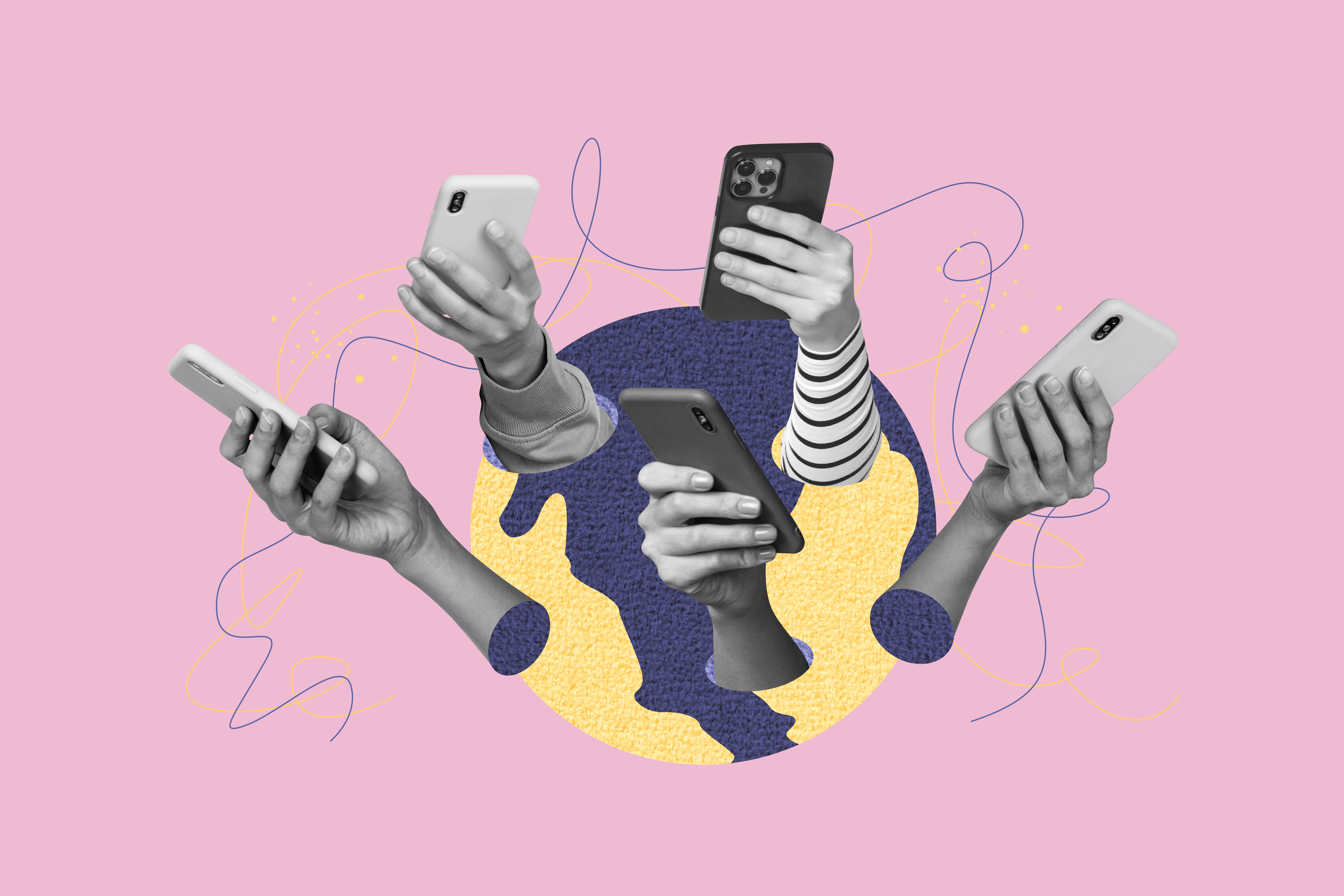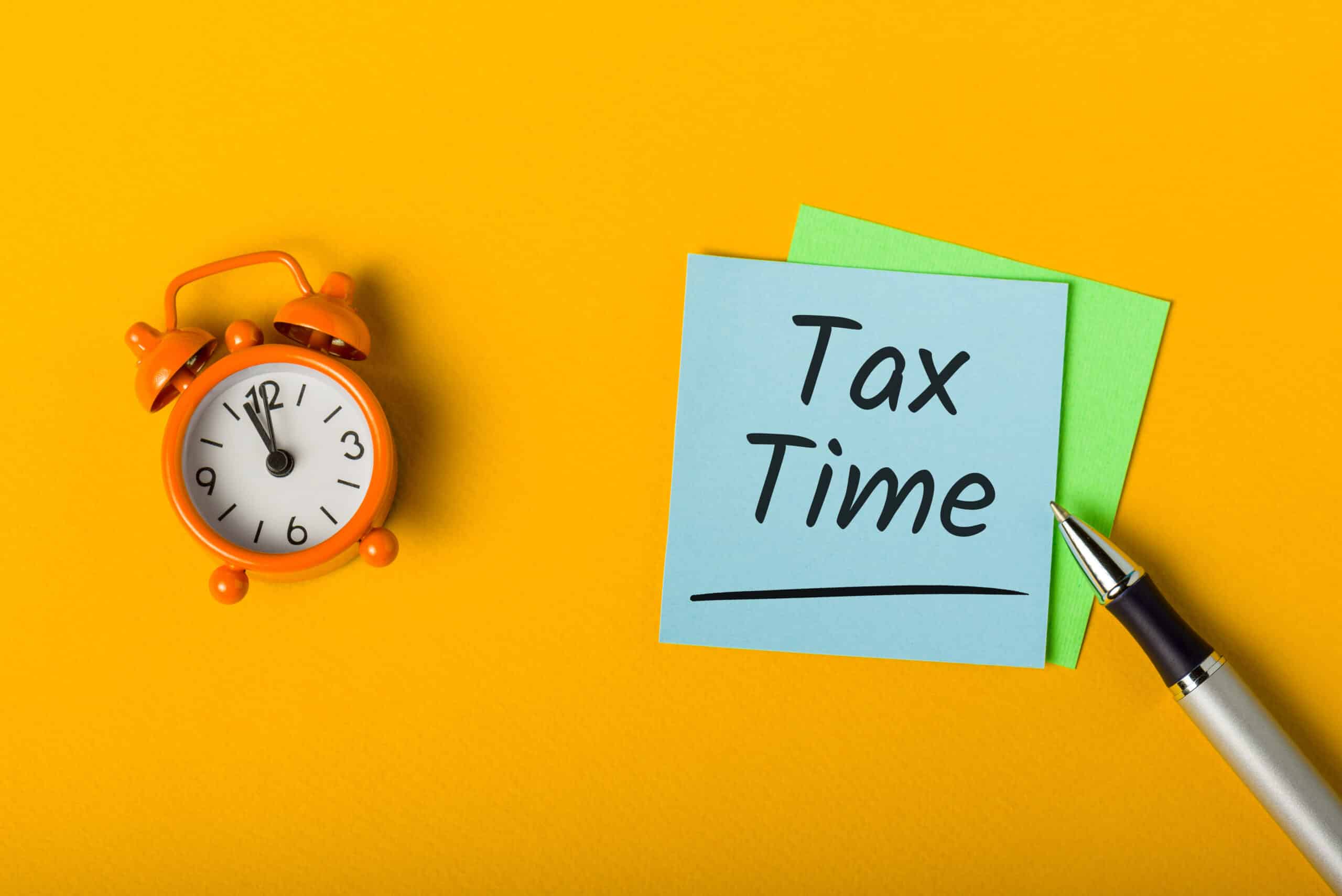September 15, 2023

Prepare for the Resumption of Federal Student Loan Payments
Crisp, cool air, the changing of the leaves, and federal student loan payments?! That’s right! For the first time in over three years, federal student loan payments are resuming, and interest will start to accrue. The U.S. Department of Education is ending its COVID-19 relief for student loans. So, what does that mean for the millions of affected borrowers, some of whom have never made a student loan payment until now?
Understanding the CARES Act and Its Impact
Overview of the CARES Act
The Coronavirus Aid, Relief, and Economic Security (CARES) Act (2020) provided economic assistance to Americans during the uncertainty of the COVID-19 pandemic. Signed into law on March 27, 2020. The act created programs, allocations, and guidance to address issues related to the pandemic. A portion of that assistance was directed towards federal student loan borrowers. Payments were suspended on federal student loans, correspondingly, a 0% interest rate was applied, and collections were paused on defaulted loans.
Benefits of the CARES Act
The CARES Act allowed borrowers to focus on managing other debts and bills during the COVID-19 pandemic, which brought widespread economic uncertainty.
What Should Borrowers Do?
Take Inventory and Get Prepared
Federal student loan borrowers need to take some time to get prepared for the end of the pause. It may seem overwhelming, but it’s best to take inventory of what kind of student loans you have and what payment you can currently afford to make so you know if you need assistance. There are programs in place designed to help if you need it.
4 questions to get you started:
- Do you have federal student loans, private student loans, or both?
- Who is your loan servicer?
- Is your contact information up to date with your loan servicer and on studentaid.gov?
- Are you enrolled in the best repayment plan for your budget?
Find Your Loan Information
If you have federal student loans, you can log into your account at studentaid.gov to retrieve your current federal student loan balance, find out who your servicer is, and get their contact information. You can also contact the Federal Student Aid Information Center at 800-433-3243.
Preparing for Payments
Know Your Payment Due Dates and Amounts
The first payments will be due in October 2023, unless you graduated within the last six months and are in your automatic grace period. You can find your loan balance (i.e., how much you owe in total) and monthly payment amount by logging into your studentaid.gov dashboard or via your loan servicer. You should receive a notification at least 30 days before your first payment is due.
Understand Your Repayment Plans
What If You Need Help?
Explore Your Options
If you know you will have an issue paying for your federal student loan when it becomes due in October, contact your loan servicer now to learn about your options. The Department of Education is allowing for a one-year ramp-up period through September 30, 2024, to assist borrowers who can’t afford their payments. During this time, missed, partial, or late payments will not be reported to credit agencies, and borrowers will not be put in default or collections. Keep in mind that during the on-ramp period, interest will still accrue. Ensure your loan is covered, as only loans eligible for the payment pause qualify for the on-ramp. Additionally, some borrowers are eligible for loan forgiveness – find out if your loan qualifies.
Start a Budget
Budgeting Tips
What can you do to get your budget in order? Try a budgeting technique such as the 50/30/20 rule. This rule states that 50% of your monthly income goes to necessities, such as rent, utilities, and groceries. Next, 20% of your monthly income goes to savings and debt payments. This could include an emergency fund, student loan payments, or retirement savings. That leaves 30% of your monthly income for your wants and nonessential expenses. Starting a budget and sticking to it can help develop a sense of accomplishment and purpose. A budget can also put your spending habits into perspective.
Other Considerations
Explore Refinancing Options
You may also be able to qualify for a student loan refinance, which could allow you to lower your interest rate or extend your loan term, affecting your monthly payment. Refinancing student loans can allow you to achieve a lower interest rate from one single lender. In turn, this helps drive down your student loan payments. From choosing your desired loan terms to saving money on interest over time, refinancing your student loans is an option with many advantages.
Understand Federal Loan Benefits
Federal student loans may offer you certain benefits, options, and protections that private loans sometimes do not, such as extending the amount of time you need to repay your loan or providing alternative repayment programs. For instance, the Income-Based Repayment (IBR) program lets some borrowers reduce the amount of their monthly payments due to financial hardship. Check your eligibility for these options before deciding whether you need them or want to keep them. Refinancing your federal student loans into a private loan would result in the loss of these options.
Please note that the information provided on this website is provided on a general basis and may not apply to your own specific individual needs, goals, financial position, experience, etc. LendKey does not guarantee that the information provided on any third-party website that LendKey offers a hyperlink to is up-to-date and accurate at the time you access it, and LendKey does not guarantee that information provided on such external websites (and this website) is best-suited for your particular circumstances. Therefore, you may want to consult with an expert (financial adviser, school financial aid office, etc.) before making financial decisions that may be discussed on this website.



